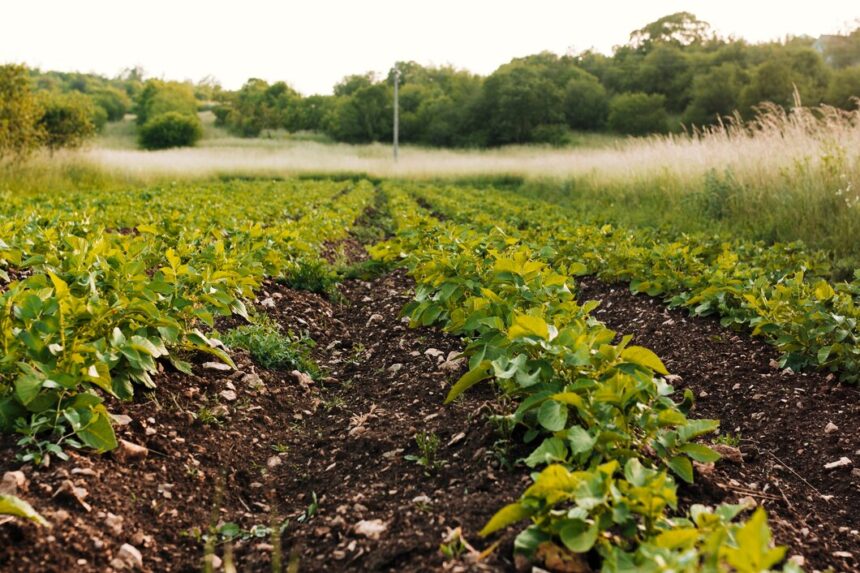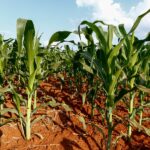Mulching is a fundamental practice in agriculture that offers numerous benefits, especially in a region like South Africa where water conservation is crucial for sustainable farming. Proper mulching not only helps retain soil moisture but also improves soil health and reduces weed growth. Here’s a comprehensive guide on how South African farmers can effectively use mulching to retain soil moisture:
Why Mulch?
Mulching serves several important purposes:
- Conserves Soil Moisture: By covering the soil surface, mulch reduces water evaporation, thus keeping the soil moist for longer periods.
- Regulates Soil Temperature: Mulch acts as an insulating layer, moderating soil temperature fluctuations which can stress plants.
- Suppresses Weed Growth: A thick layer of mulch prevents sunlight from reaching weed seeds, inhibiting their germination and growth.
- Improves Soil Structure: Over time, organic mulches decompose and contribute organic matter to the soil, enhancing its structure, fertility, and water-holding capacity.
Types of Mulch
Organic Mulches:
- Straw: Ideal for vegetable gardens and orchards, straw mulch retains moisture well.
- Compost: Adds nutrients to the soil as it decomposes, improving fertility.
- Wood Chips: Long-lasting and effective for weed suppression and moisture retention.
- Grass Clippings: Should be used in thin layers to prevent matting and mold growth.
Inorganic Mulches:
- Plastic Mulch: Reflects sunlight and warms the soil, suitable for heat-loving crops in cooler climates.
- Gravel or Pebbles: Provides effective moisture retention and heat reflection in arid areas.
How to Apply Mulch Effectively
- Prepare the Soil: Ensure the soil is moist before applying mulch. Remove weeds and loosen the top layer to facilitate water penetration.
- Choose the Right Mulch: Select mulch based on your crop type, climate, and availability. Organic mulches are preferable for their soil-building benefits.
- Apply a Thick Layer: Spread mulch evenly around plants, aiming for a thickness of 2-4 inches (5-10 cm). Avoid placing mulch too close to plant stems to prevent rot.
- Maintain Mulch: Periodically replenish mulch as it decomposes or is displaced by wind or rain. Monitor for pests and diseases that may hide in mulch layers.
- Water Efficiently: Mulch reduces the need for frequent watering, but monitor soil moisture regularly, especially during dry spells. Water deeply to encourage roots to grow deeper into moist soil layers.
Tips for Success
- Rotate Mulch: Alternate types of mulch to balance soil nutrients and prevent nutrient depletion.
- Consider Local Conditions: Choose mulches that suit South Africa’s diverse climates, from arid to temperate regions.
- Monitor Plant Health: Watch for signs of over-mulching, such as root rot or pest infestations. Adjust mulch thickness as needed.
Mulching is a cost-effective and environmentally friendly method to retain soil moisture and improve overall soil health in South African agriculture. By selecting appropriate mulch types and applying them correctly, farmers can conserve water, reduce irrigation costs, and enhance crop productivity. Incorporate mulching into your farming practices to promote sustainable and resilient agriculture in South Africa.
Join 'Farmers Mag' WhatsApp Channel
Get the latest Farming news and tips delivered straight to your WhatsApp
CLICK HERE TO JOIN






